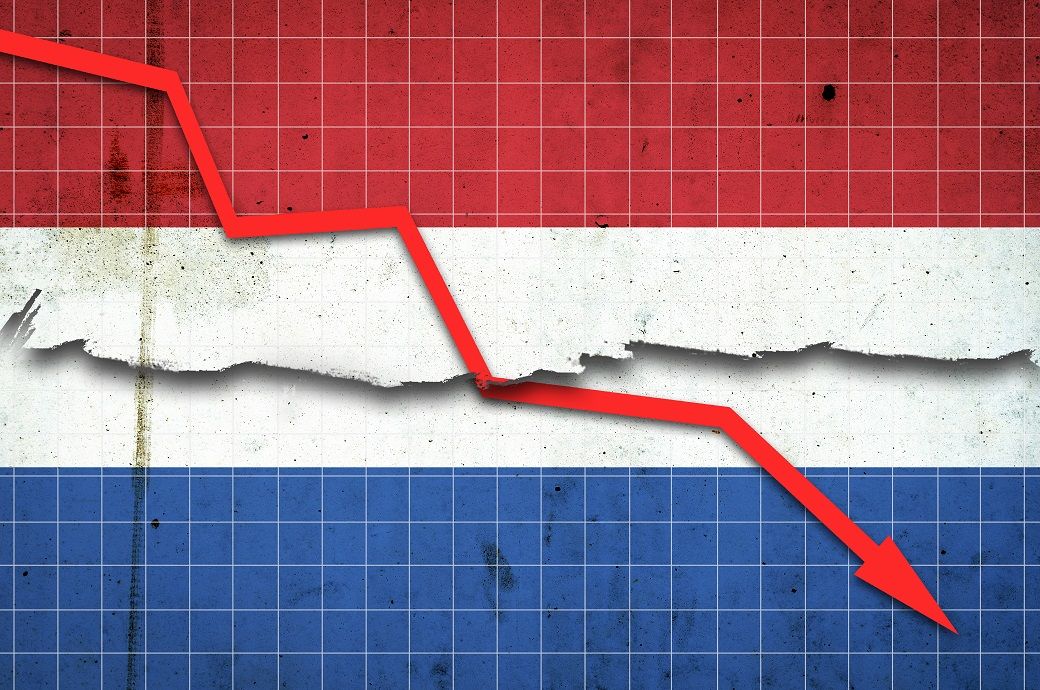
The growth rate for Q1 2023 has been adjusted upwards. In the first estimate, contraction relative to Q4 2022 amounted to 0.7 per cent. In particular, the trade balance and investments contributed to the upward revision of GDP growth. Imports of goods and services have also been revised upwards, but to a lesser extent than exports, CBS said in a press release.
In absolute terms, the adjustment in the second estimate relative to the first estimate averaged 0.1 percentage points over the five-year period 2018-2022, with the two extremes ranging between -0.3 and 0.7 percentage points, both occurring in 2021.
Simultaneously with the publication of the second estimate over Q1 2023, revised annual figures over 2021 and 2022 are published. On the basis of the most recent data, the growth rate for 2021 has been adjusted from 4.9 to 6.2 per cent. The economic growth rate for 2022 has been adjusted from 4.5 to 4.3 per cent.
The gross national income (GNI) for 2022 has been revised upwards by €46.4 billion and for 2021 by €48.2 billion. This is not only attributable to an upward adjustment of nominal GDP, but mainly to an upward revision of the primary income balance between the Netherlands and abroad, partly due to new information on the profits of listed multinationals.
Year-on-year, GDP increased by 1.9 per cent in Q1. In the first estimate, the growth rate also amounted to 1.9 per cent. Growth in Q1 2023 was mainly due to more investments and higher household and public consumption.
The second estimate showed that the number of employee and self-employed jobs increased by 49,000 in Q1 2023 compared to Q4 2022. The first estimate suggested an increase of 63,000 jobs.
The second estimate for Q1 2023 further suggested a year-on-year increase of 270,000 employee and self-employed jobs, versus 278,000, as per the first estimate.
Fibre2Fashion News Desk (NB)